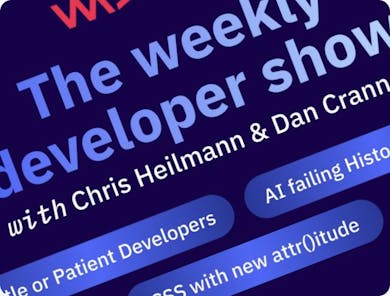Toma Puljak
Solve the “But it works on my machine!” problem with cloud-based development environments
#1about 1 minute
Solving the "it works on my machine" problem
The challenge of creating reproducible environments is a key factor in developer onboarding, which directly impacts employee retention rates.
#2about 4 minutes
The pitfalls of the traditional setup process
The classic onboarding workflow involves cloning a repo, running outdated scripts, and wasting days troubleshooting environment-specific errors.
#3about 1 minute
The ideal onboarding is a two-step process
A modern onboarding experience should be as simple as clicking a button to provision an environment and immediately starting to code.
#4about 4 minutes
Using infrastructure as code for development
Infrastructure as Code (IaC) allows you to define and version control your entire development environment using tools like Docker Compose.
#5about 1 minute
Adopting ephemeral development environments
Ephemeral environments are temporary, disposable workspaces that guarantee a fresh, consistent setup for every task, eliminating configuration drift.
#6about 3 minutes
Configuring a multi-service environment with code
A simple configuration file can define all project services, such as a Rust runtime, MySQL database, and Redis cache, with specific resource limits.
#7about 2 minutes
Moving and scaling development environments to the cloud
Moving development to the cloud eliminates local hardware constraints and allows for instant scaling of resources like CPU and RAM by changing a single value.
#8about 1 minute
Security benefits of cloud-based development
Cloud environments improve security through container isolation, centralized access control, and by keeping all source code off local machines.
#9about 2 minutes
How to connect and code in your environment
Developers can connect to cloud environments using their favorite local IDE via SSH or by using a fully-featured browser-based IDE.
#10about 3 minutes
Demo of updating a cloud environment configuration
A practical demonstration shows how to fix a missing database configuration in a Git repository and instantly launch a new, working environment.
#11about 5 minutes
Q&A on large databases and offline work
The Q&A session addresses common concerns such as handling large databases, working offline, and developing desktop or mobile applications.
Related jobs
Jobs that call for the skills explored in this talk.
Featured Partners
Related Videos
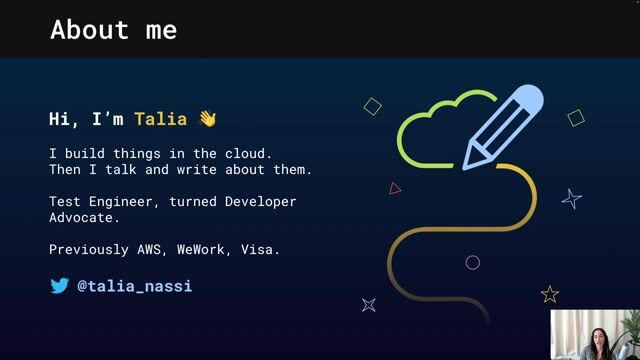 28:34
28:34Building Applications with Infrastructure as Code
Talia Nassi
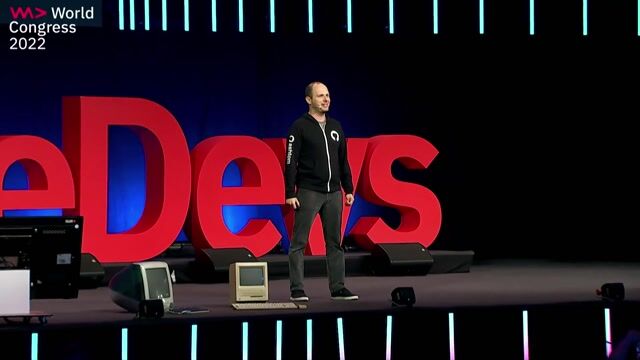 35:31
35:31How we will build the software of tomorrow
Thomas Dohmke
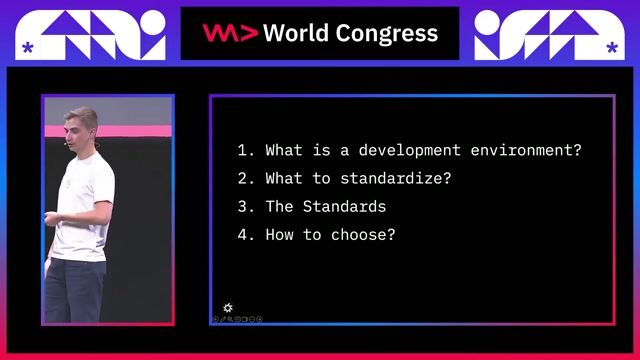 24:22
24:22A Deep Dive into Development Environment Configuration Standards
Toma Puljak
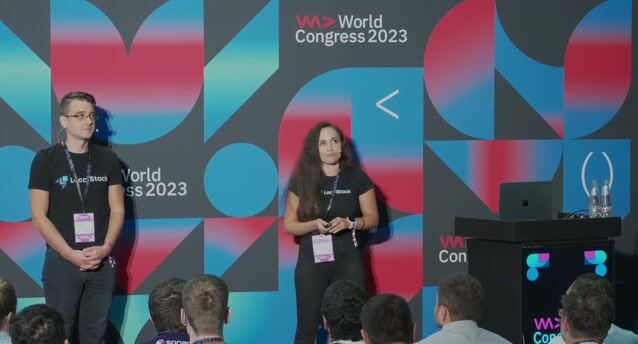 23:00
23:00Cloud as the new mainframe: why the cloud hype does not reflect the dev reality
Gerta Sheganaku & Waldemar Hummer
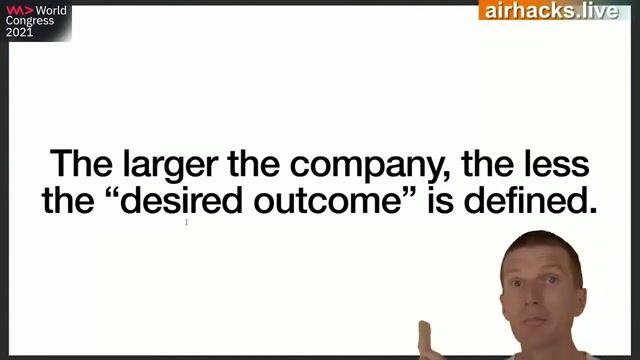 42:23
42:23Effective Java Strategies and Architectures for Clouds
Adam Bien
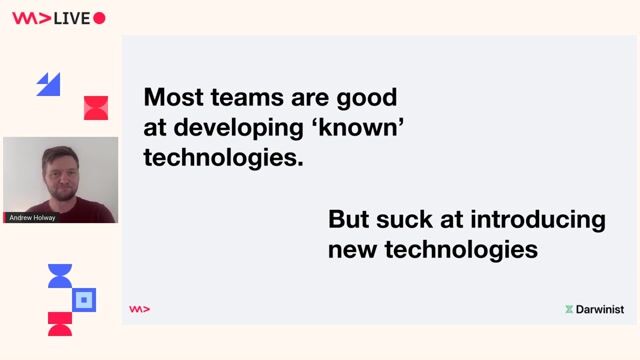 50:23
50:23Retooling and refactoring - an investment in people.
Andrew Holway
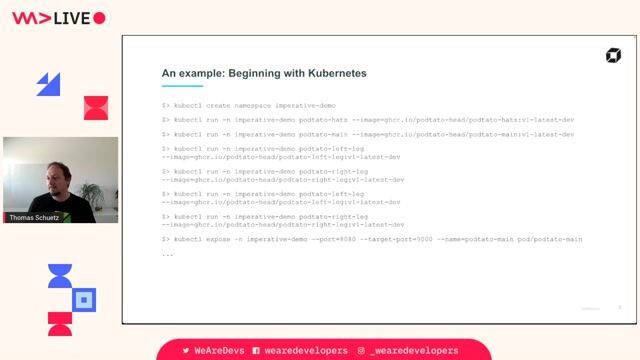 50:28
50:28Practical tips and tricks for CI/CD success
Zan Markan
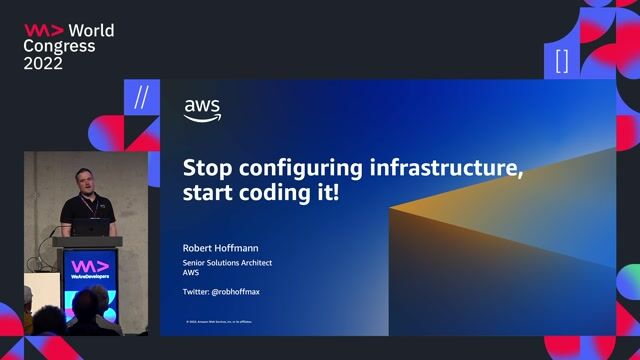 44:13
44:13Stop configuring infrastructure, start coding it!
Robert Hoffmann
From learning to earning
Jobs that call for the skills explored in this talk.


DevOps Engineer – Kubernetes & Cloud (m/w/d)
epostbox epb GmbH
Berlin, Germany
Intermediate
Senior
DevOps
Kubernetes
Cloud (AWS/Google/Azure)


Platform Engineer (DevOps, Cloud), 100% En remoto
CIB labs
Municipality of Madrid, Spain
GIT
Linux
DevOps
Python
Gitlab
+7
Cloud Architect Container & PaaS (all genders)
adesso SE
Feldatal, Germany
GIT
Docker
Ansible
Openshift
Terraform
+3
Cloud Architect Container & PaaS (all genders)
adesso SE
Kastellaun, Germany
GIT
Docker
Ansible
Openshift
Terraform
+3
Cloud Architect Container & PaaS (all genders)
adesso SE
Berlin, Germany
GIT
Docker
Ansible
Openshift
Terraform
+3
Cloud Architect Container & PaaS (all genders)
adesso SE
Jevenstedt, Germany
GIT
Docker
Ansible
Openshift
Terraform
+3
Infrastructure as Code (IaC) Terraform Engineer
SoftwareONE
Municipality of Madrid, Spain
Azure
DevOps
Terraform
Kubernetes
Agile Methodologies
+1


